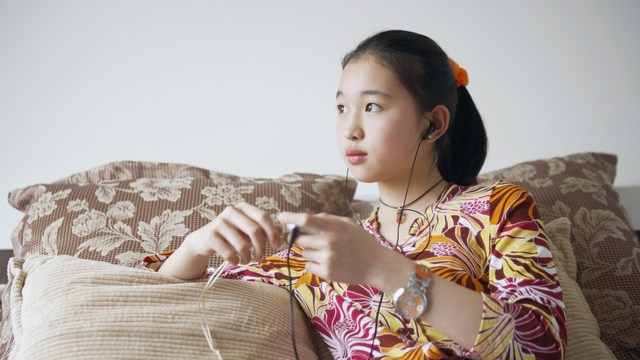Using mice, Australian scientists demonstrated that nasal stem cells injected into the inner ear could actually reverse or restore hearing during the onset of sensorineural hearing loss (SNHL).
What is sensorineural hearing loss? According to Medical News Today, it is the condition where hearing cells in the cochlea lose their function. It is an inherited condition and often begins in infancy and early childhood. Speech and language problems are an outcome of this condition.
Three scientists from Sydney’s Garvan Institute of Medical Research have discovered that stem cells seemingly release chemical substances that preserve the function of cochlear hearing cells, and in the process do not become part of the inner ear. These discoveries have been published in the online version of Stem Cells.
Dr. Sharon Oleskevich who is the project leader said, “We are exploring the potential of stem cells to prevent or restore hearing loss in people.” She went on to say that the mice in the experiment have a similar form of childhood deafness to that of humans.
Oleskevich is optimistic about these findings because the mice showed hearing improvement after being injected with stem cells, in comparison to those that received what is called a sham injection. Half of the mice did well, although Oleskevich said, “…it is important to note that hearing was not completely restored to normal hearing levels.”
Adult human nasal cells were used in these experiments. Apparently, these cells are numerous, easy to get and can self-renew for a long time. They can also differentiate into cells that have many functions.
This very same group of Australian scientists have shown that stem cells can be used in hearing loss caused by noise. This particular form of loss is found in young and older people.
According to Medical News Today, “It has taken 5 years to reach the current stage of research, and scientists anticipate that it will take a further decade at least for the findings to benefit people.”
There is no doubt that this is good news, even though we may have to wait a decade for this research to really bear fruit.
Source: Medical News Today





Add a CommentComments
There are no comments yet. Be the first one and get the conversation started!